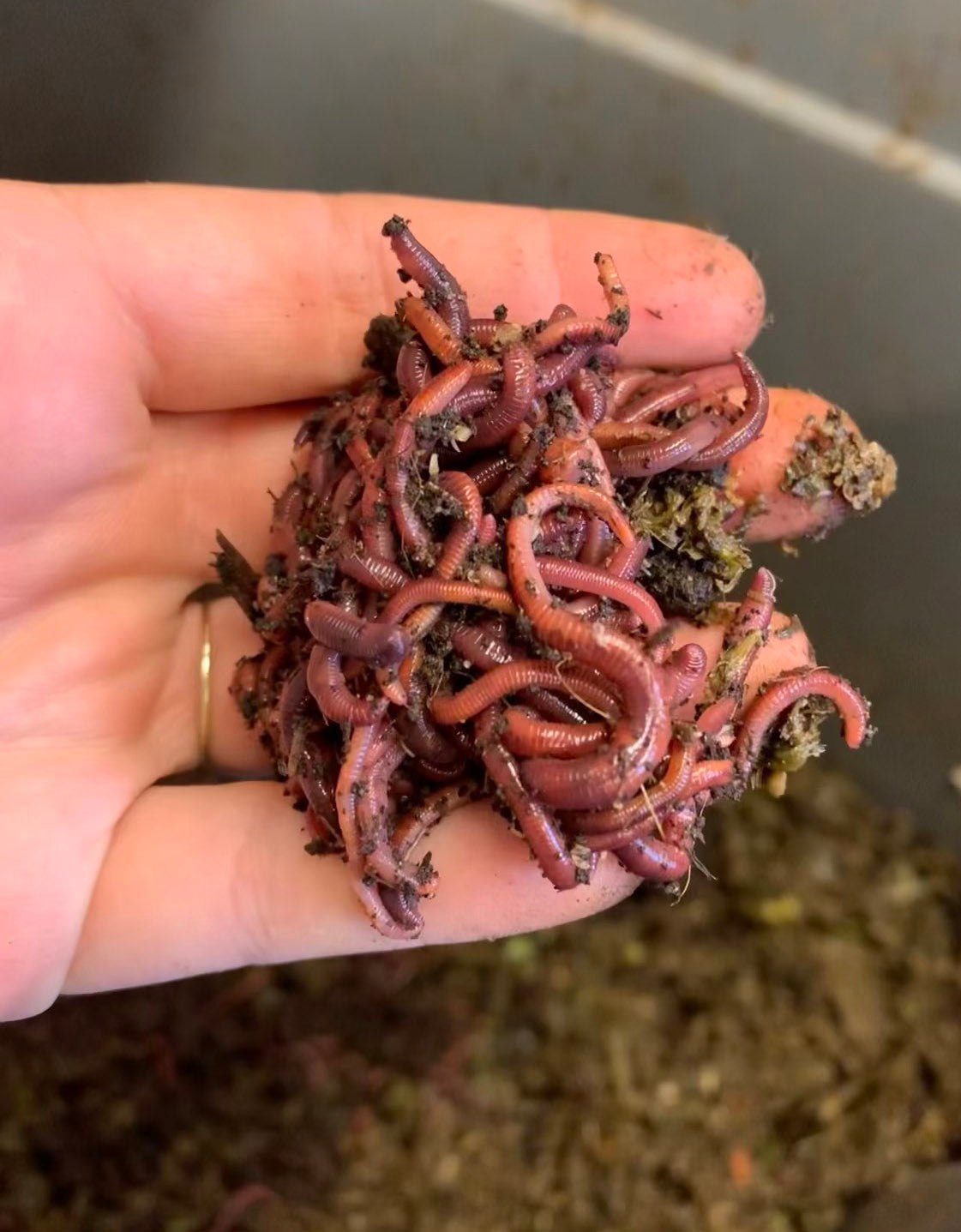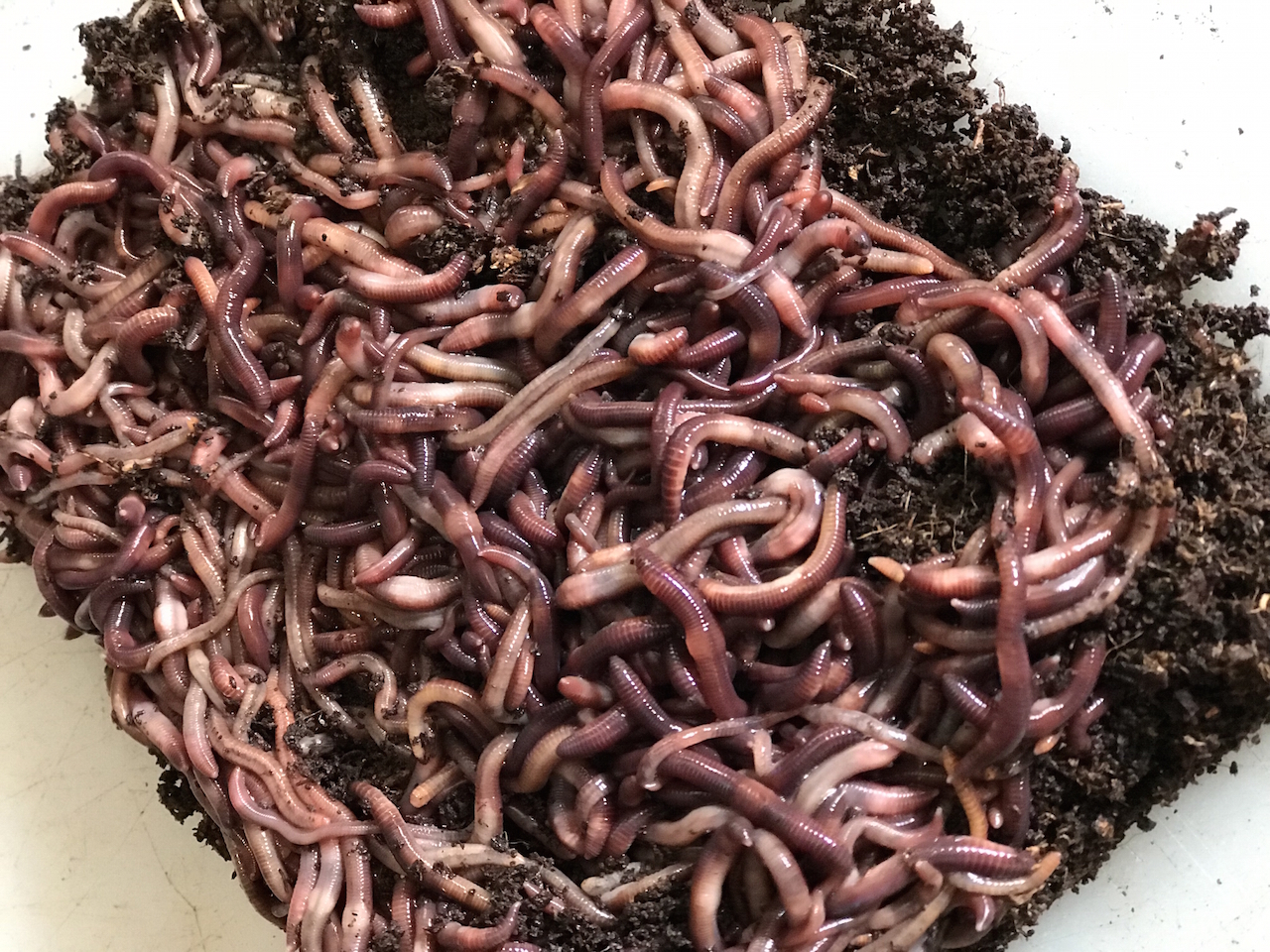Open the Keys of Red Wigglers: Your Overview to Composting Success
The integration of red wigglers right into composting methods presents a significant possibility for improving soil wellness and promoting sustainability. Understanding their demands and habits is crucial for optimizing their possibility, from setting up an appropriate worm container to feeding them the best products.

What Are Red Wigglers?
(Red Wiggler Express)Red wigglers, medically referred to as Eisenia fetida, are a varieties of earthworm mostly utilized in composting as a result of their exceptional ability to decay organic matter successfully. These worms are defined by their reddish-brown pigmentation and a segmented body, typically gauging between 3 to 4 inches in size. Unlike other earthworm species, red wigglers flourish in rich, natural environments, making them ideal for vermicomposting systems.
Indigenous to North America, they are commonly found in decomposing leaves and garden compost piles, where they play a crucial function in nutrient recycling. Their adjustment to living in a damp, cardio environment enables them to eat large quantities of natural waste, damaging it down into nutrient-rich spreadings that boost soil wellness.
Red wigglers reproduce rapidly, with a single worm capable of creating a number of cocoons each week, each consisting of several hatchlings. Comprehending the biology and actions of red wigglers is crucial for optimizing their possibility in composting applications.
Advantages of Making Use Of Red Wigglers
Harnessing the power of red wigglers in composting offers many advantages that boost dirt wellness and advertise lasting waste administration. These amazing organisms efficiently damage down natural issue, transforming kitchen area scraps and yard waste into nutrient-rich vermicompost. This ended up item is remarkably advantageous for plant growth, as it improves dirt framework, boosts wetness retention, and enhances nutrient schedule.

(Red Wiggler Express)Furthermore, the presence of red wigglers in your composting system can speed up the composting process, generating top notch compost in a portion of the time contrasted to standard methods. The spreadings produced by these worms are also bristling with useful microorganisms that better enhance the dirt community.
Establishing Your Worm Bin
Developing a reliable worm container is an uncomplicated process that can dramatically enhance your composting initiatives. The first action is selecting an appropriate container. Worm containers can be made from plastic storage space bins, wood boxes, or commercially offered worm containers. Guarantee the container has adequate drain and air flow openings to maintain ideal dampness levels and air flow.
Next, prepare the bed linen product, which acts as the worms' habitat. A mix of shredded newspaper, cardboard, and coconut coir works well, supplying a comfy setting for the worms. Aim for a bed linen deepness of concerning 4-6 inches. Dampen the bed linen gently, guaranteeing it appears like a damp sponge without excess water pooling near the bottom.

Feeding Your Red Wigglers
To ensure the health and efficiency of your red wigglers, it is necessary to offer them with a well balanced diet plan that meets their dietary needs. Red wigglers grow on a diverse selection of organic products, which not only provide necessary nutrients but also advertise effective composting.
Beginning by integrating kitchen scraps such as veggie peels, fruit cores, and coffee premises. Prevent citrus fruits, onions, and garlic, as these can be detrimental to worm health and wellness. Additionally, present shredded paper, cardboard, and completely dry leaves to develop a well-aerated setting.
Feeding frequency need to be kept track of; usually, worms can consume half their body weight in food weekly. It he has a good point is critical to prevent overfeeding, as excess food can bring about unpleasant odors and bring in pests. A good method is to include food in percentages, permitting worms to process it prior to presenting more.
Maintaining wetness degrees is also crucial; the bed linens should perspire yet not soaked. Lastly, be sure to consistently examine the temperature and pH levels of the container to make certain an optimal environment for your red wigglers, eventually improving their composting performance.
Harvesting and Utilizing Compost
An effective composting procedure with red wigglers culminates in the rich, dark garden compost referred to as vermicompost, which can substantially improve soil health and plant development. Gathering this nutrient-dense material typically takes place every 3 to six months, depending on the dimension of your system and the amount of raw material being processed.
To harvest, delicately different the garden compost from the worms and any type of undecomposed materials. One reliable technique involves relocating the components of the bin away and adding fresh bed linens and food to the void, urging the worms to migrate. After a couple of days, the compost can be accumulated from the opposite side.
It is crucial to utilize vermicompost properly to maximize its benefits. By including vermicompost into your gardening routine, you not only recycle natural waste yet also produce a flourishing ecological community that supports sustainable horticulture techniques.
Conclusion
In recap, red wigglers offer as phenomenal allies in composting efforts, changing organic waste into nutrient-rich vermicompost. By recognizing the optimum problems for their habitat, feeding demands, and garden compost harvesting techniques, gardeners can boost dirt wellness and advertise plant vitality.